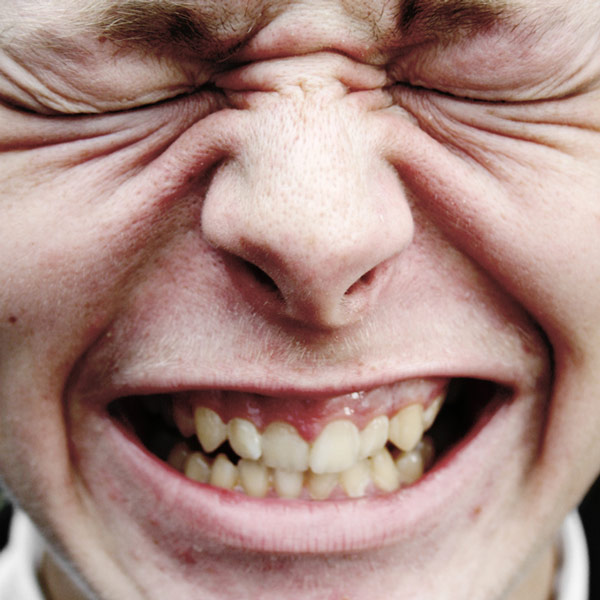
TUESDAY, Dec. 24, 2013 (HealthDay News) — A specific type of therapy helps reduce the number of migraines and migraine-related disabilities in children and teens, according to a new study.
The findings provide strong evidence for the use of “cognitive behavioral therapy” — which includes training in coping with pain — in managing chronic migraines in children and teens, said study leader Scott Powers, of Cincinnati Children’s Hospital Medical Center, and colleagues.
The therapy should be routinely offered as a first-line treatment, along with medications, he said.
More than 2 percent of adults and about 1.75 percent of children have chronic migraines, according to the study, which was published in the Dec. 25 issue of the Journal of the American Medical Association. But there are no treatments approved by the U.S. Food and Drug Administration to quell these debilitating headaches in young people, the researchers said.
The study included 135 youngsters, aged 10 to 17, who had migraines 15 or more days a month. They were assigned to receive either 10 cognitive behavioral therapy sessions or 10 headache education sessions.
Patients in both groups were treated with the drug amitriptyline.
At the start of the study, patients averaged migraines on 21 of 28 days, and had a severe level of migraine-related disability. Immediately after treatment, those in the cognitive-therapy group had 11.5 fewer days with migraines, compared with 6.8 fewer days for those in the headache-education group.
Twelve months after treatment, 86 percent of those who received cognitive therapy had a 50 percent or more reduction in days with migraines, compared with 69 percent of those in the headache-education group. In addition, 88 percent of patients in the cognitive-therapy group had mild or no migraine-related disability, compared with 76 percent of those in the other group.
Cognitive therapy should not be offered only as an add-on treatment if medications aren’t working well, the researchers said. It also should be covered by health insurance, they said.
However, use of cognitive therapy as a first-line treatment for chronic migraines in children and teens faces a number of barriers, according to an accompanying editorial by Mark Connelly, of Children’s Mercy Hospitals and Clinics in Kansas City.
Having behavioral health consultants in primary-care offices is one possible way to overcome these barriers, he said. Telephone- or Internet-based programs might also be effective, he said.
More information
The U.S. National Institute of Neurological Disorders and Stroke has more about migraines.
Copyright © 2025 HealthDay. All rights reserved.

